Bald Cypress Tree in Fall with Cones, Seeds and Knees
Happy New Year and New Decade everyone! Today I have a Bald Cypress Tree to show you that I found this past Fall. It is a beautiful orange color, complete with cones and seeds. I couldn't get the whole tree in one photo so I will start from the bottom of the trunk and work my way up.
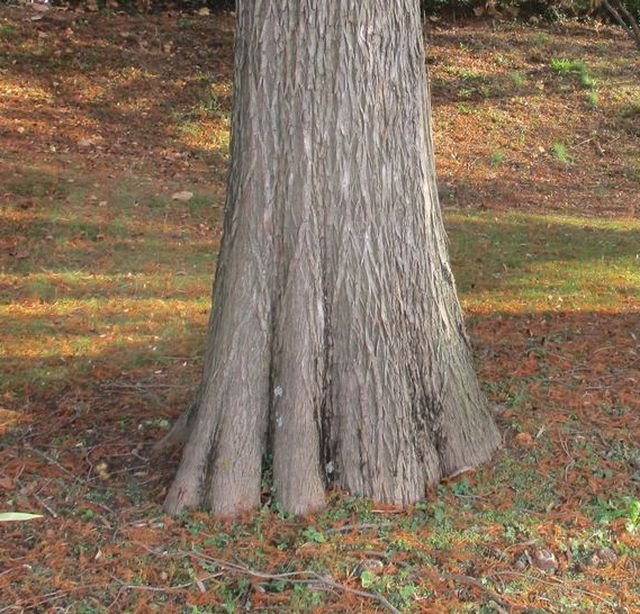
The Bald Cypress (Taxodium Distichum) is such am interesting tree for many reasons. First, it is a deciduous tree. In other words, it is a pine tree; however the needles change color from green to an orangish-brown and fall off in the Fall, hence the name 'bald.'
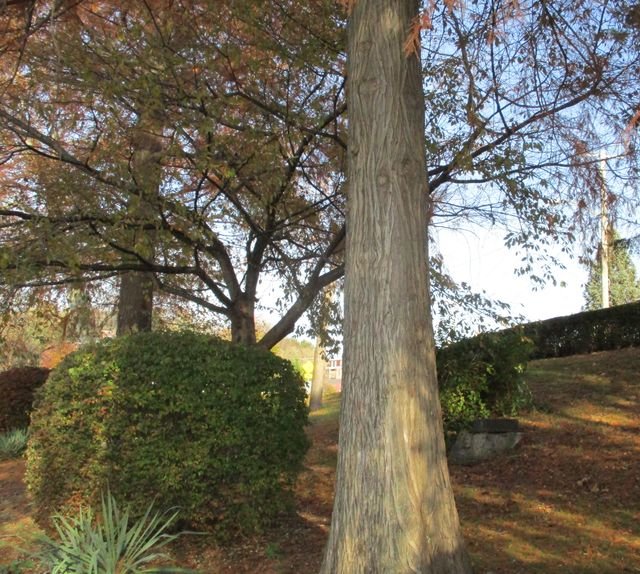
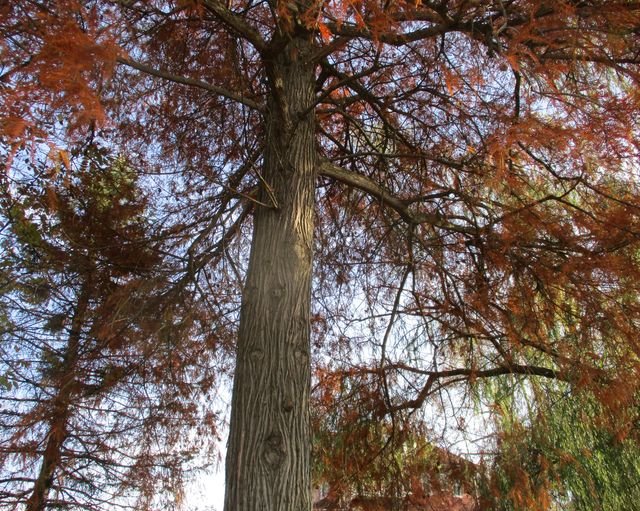
Cypress trees usually grow to be 100 feet tall but some grow taller, and the trunk is usually 3.5 feet in diameter, but can also spread to 35 feet. They are native to swampy conditions and many can be found in the deep south, in the eastern half of the U.S. They can be found growing in or along swamps, or along rivers, streams and creeks. Cypress trees can also grow in dry, sunny weather. I found this one at a park.
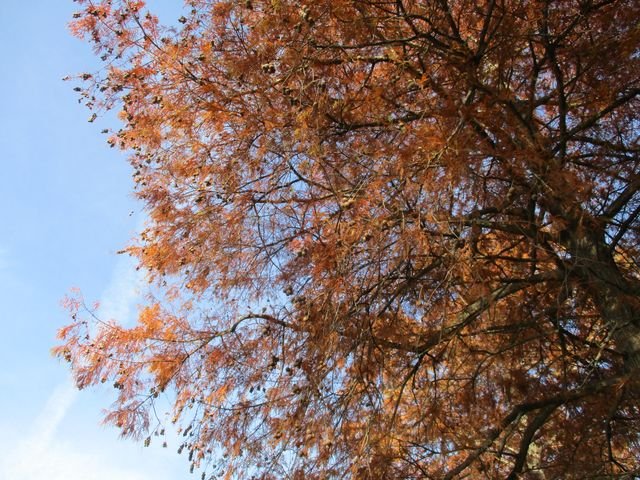
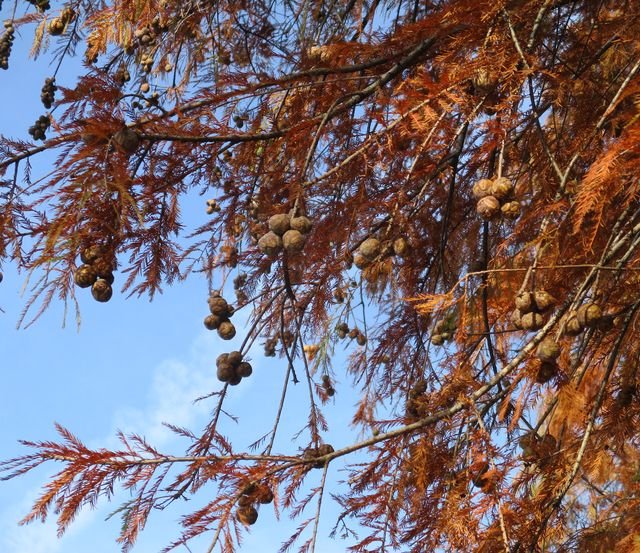
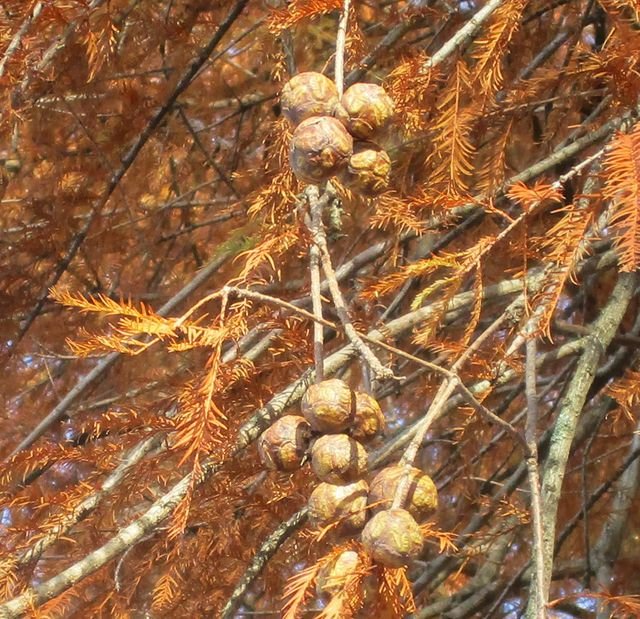
Another thing I found interesting are these round balls which are the pine cones. They are green at first and then turn to a grayish-brown in the fall. They are approximately 1.4 inches in diameter and filled with seeds. Before winter arrives, they crack open and the seeds fall to the ground, mud or water.
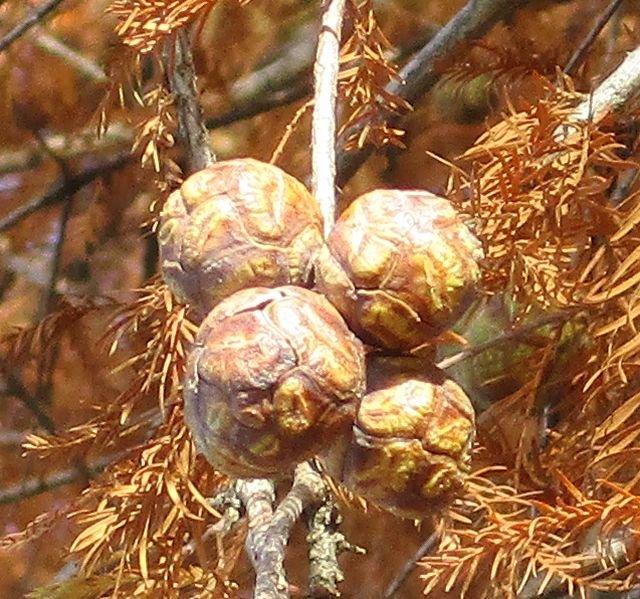
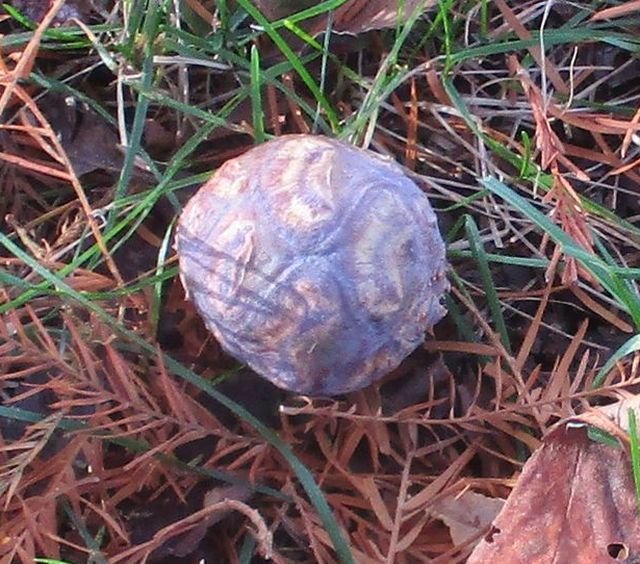

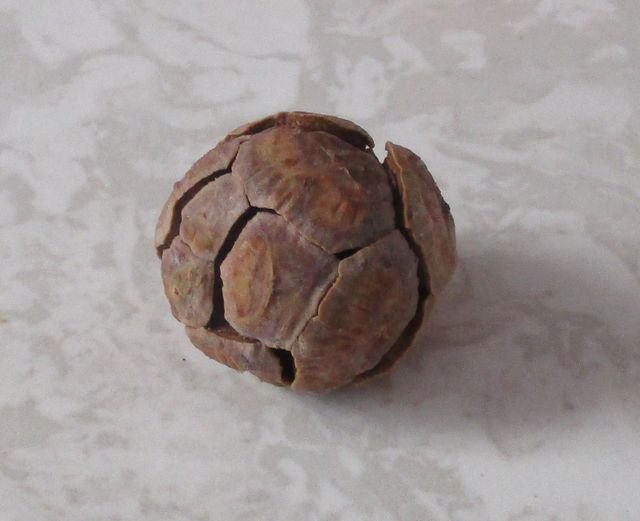
I took one cone home with me and a couple of days later, it began to fall apart. That is what happens in the wild. The tightly fit scales shrink and fall apart which allows the seeds to fall.

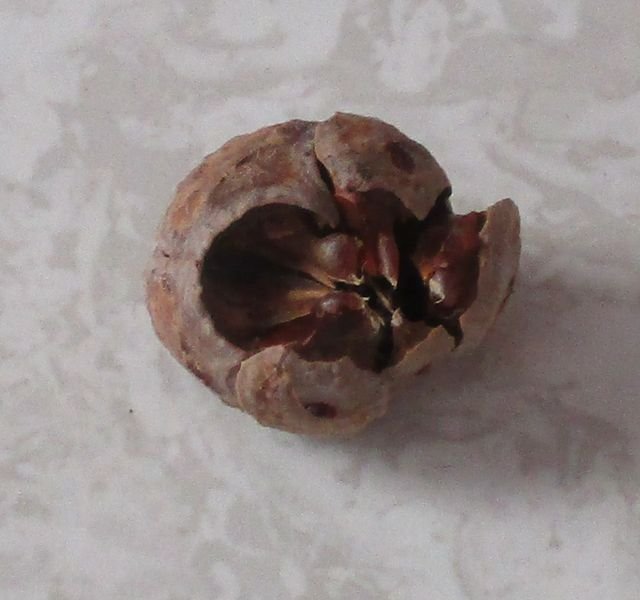
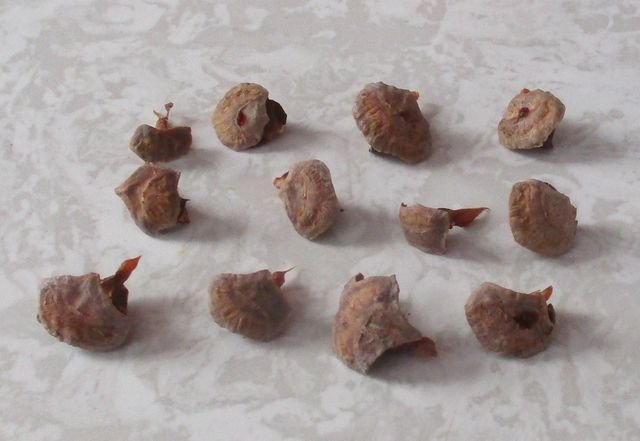
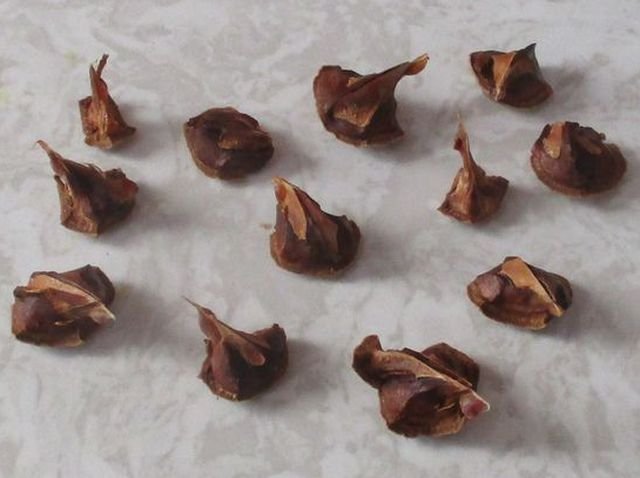
Presto! The 3-sided seeds are enjoyed by squirrels, wild turkeys, wood ducks and and other water birds. I enjoyed the fresh, pine fragrance.
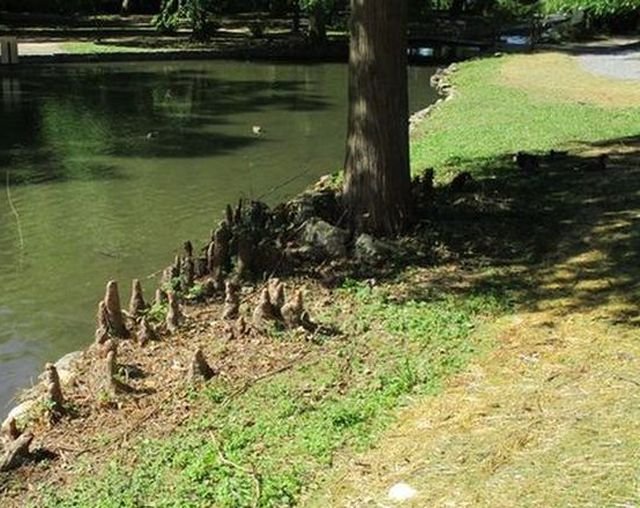
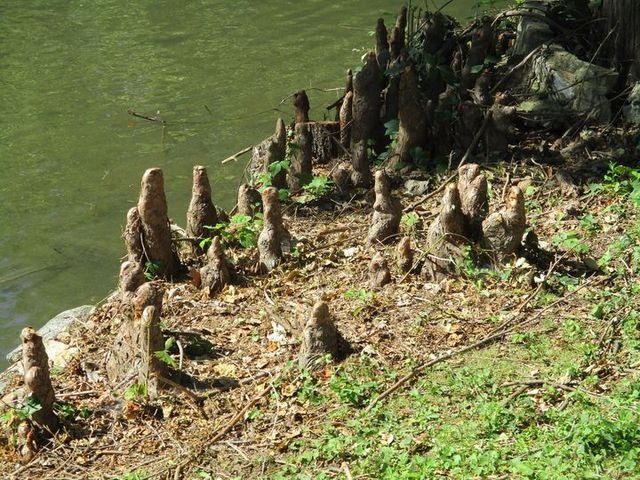
Cypress trees are popular to grow as ornamental trees because of their feathery foliage and fall color. They are slow growers and rot resistant, and can live for 600 years or more. I hope you find this tree to be as interesting as I do.
Information Source: gardenguides.com, homeguides.sfgate.com, britannica.com, hunker.com, treepicturesonline.com
Are you looking for another caring community where your creativity and imagination can run wild? A place where you have the opportunity to win prizes for your participation? Are you looking for support or for a place that you would like to support? Then head on over to the Freewrite House and have some fun.

This post was shared in the Curation Collective Discord community for curators, and upvoted and resteemed by the @c-squared community account after manual review.
@c-squared runs a community witness. Please consider using one of your witness votes on us here
What a wonderful way to start the new year! Thank you so much! Wishing all of you a healthy, happy New Year and new decade! : )
Happy New Year @whatisnew !
!DERANGED =)
Thanks so much @chromiumone! I am wishing you a healthy and happy New Year and new decade! How are you feeling? Hope to see you post soon. : )
!DERANGED
Wow! I love the knees. And the pine cones. A great blog.
Resteeming!
P.S. And you are a brilliant photographer
OMG! What a nice comment @w74! I am just an amateur but I do have fun. Thanks for stopping by! : )
Thanks my friend! What a nice way to begin the new year. Your comments always make me smile. : )
Nice photos to help us learn. Never heard of the knees of a bald cypress before. Seeing the pinecones will help me to identify this tree in the wild.
The red tree above looks like it is dead. Think it produced a ton of pinecones in its last season because it knew it was dying.
Thank you @creativetruth! The pine cones are the best way to identify this tree.
I hope it isn't dead and will come alive in the spring.
Thanks for stopping by! : )
This is a cool post about this species of tree. A lot I didn't know and was interested to learn. 3 sided seeds, pretty cool!
Thanks so much @goldenoakfarm! I am glad that you found it interesting. Now teach me more about chickens. LOL!
I have lots of chicken posts. What do you want to know? :))
How about some chicken stories like you share with your friends? Or whatever your heart desires.
Here's some from my files, from 2018 and until September this year:
https://steemit.com/chickens/@goldenoakfarm/ernie-s-busy-day
https://steemit.com/animalphotography/@goldenoakfarm/mirror-wreaths-for-the-layers-coop
https://steemit.com/homesteading/@goldenoakfarm/the-chicks-are-here
https://steemit.com/homesteading/@goldenoakfarm/the-renegade
https://steemit.com/homesteading/@goldenoakfarm/layers-in-leaves-december-8-2018-goldenoakfarm
https://steemit.com/homesteading/@goldenoakfarm/chickens-day-the-first-year-february-19-2019-goldenoakfarm
https://steemit.com/life/@goldenoakfarm/bitty-bird-august-13-2019-goldenoakfarm
Wow! Thanks for digging these up for me. Can't wait to check them out!
One of my favorite trees for all the reasons you described... :-)
They sure are interesting trees. One of my favorites now too. : )
Mine too, Mike - GreAT post, @agmoore!
The bee's knees, I've heard of, but not the tree's knees. AWESOME photos and info!
They can live for 600 years or more!
Trunk diameter can spread to 35 feet??? Wow!
I've planted a dozen bald cypress (and dawn redwood) on our seven acres, but we're Zone 4, and none of the trees survived.
I found this post thanks to @agmoore's Resteem. How many great posts do I miss every day???
How many posts do you miss./ All of them... Go pet sweet Bobi... and give him a hug 4 me :-)
Sweet Bobi the Faucet Fanatic.... eh. He said a chin-scratching, not a hug, thanks, and now go leave me alone. :)
Howdy Butterfly! wow, this is so interesting, I wish we had one of those. It would probably grow beside one of our ponds. This is a super cool tree and a great post. I didn't really feel like learning anything but you forced me to against my will!
I love this tree! We learn from each other, like it or not, but I love to learn new things. LOL!
I agree but sometimes I don't want to learn or even think but you made me. lol. I bet that tree would make it here beside a pond.